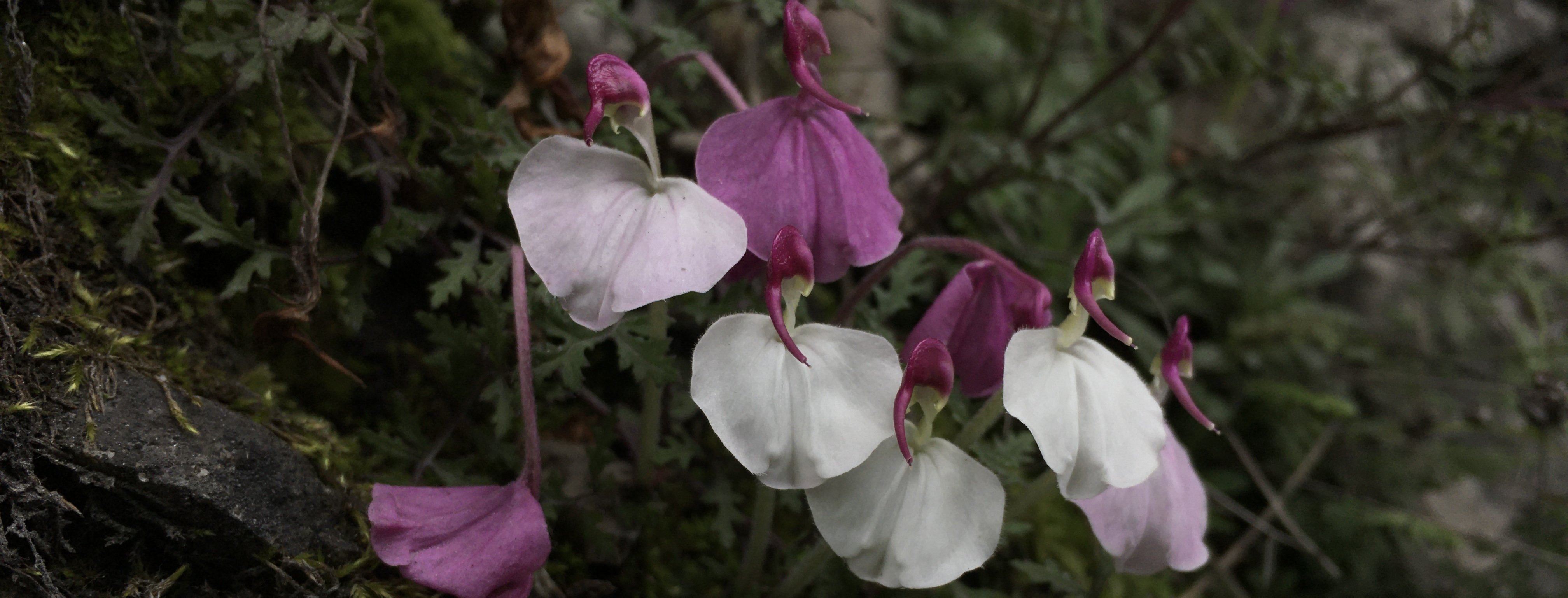How are morphological traits formed and maintained? How do they evolve over time? Why do they evolve in this way?
Genetic basis of convergent floral trait evolution in Pedicularis
If you have seen flowers of Pediculairs, you will probably be surprised by their super diverse floral colors and complicated floral shapes. Purple, magenta, yellow and white and various combinations of these colors are the color palette of Pedicularis’s flowers. Flower shapes have significant interspecific variations such as the length of the corrolla tube and the beak (the upper two petals fuse together and elongate into a tube-like structure).
These floral traits are likely associated with mating success, through their effects on the palcement and pickup of pollen from bublebee pollinators, or pollen-tube competition in the style. They also have convergent evolutionary patterns, but little is known about the potential genetic mechanisms. Do they share similar genetic pathways? How do they evolve over time? Are the evolutionary patterns related with the pollinator selection?
To answer these questions, we use photogrammetry to build 3D models of Pediculairs’s flowers and extract morphological traits from these 3D models. Based on the transcriptome data, we aim to figure out the potential genetic mechanisms behind floral trait evolution, such as the presence/absence of genes or the up-regulated/down-regulated gene expression levels.

